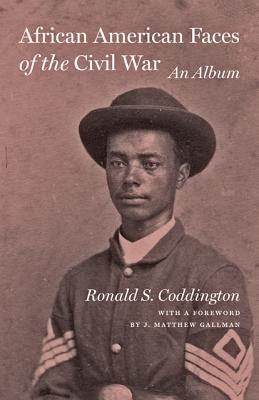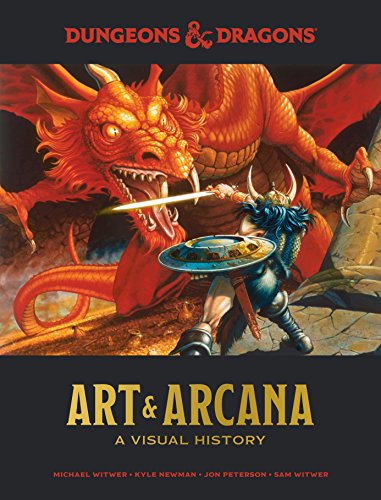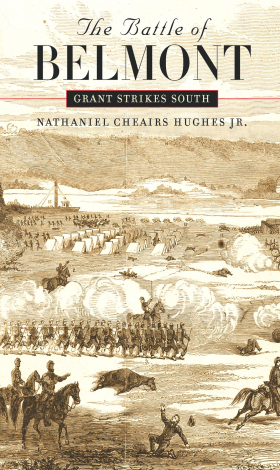For our Gettysburg Battle Day, I read a couple of books on the battle. One of them was Edwin B. Coddington’s The Gettysburg Campaign. A Study in Command from 1968.

This is, in some ways, a book that shows its age. Published eight years before John Keegan revolutionized military history by writing about the experiences of the common soldiers in The Face of Battle, Coddington firmly concentrates on the higher levels of command and on the decisions of the commanders. He is also quite judgemental, voicing his opinion about who made which mistake and how it could have been avoided. However, it still is a very good and rewarding reading. Coddington presents a clear narrative, making it easy to follow the action and his analytical approach helps to clarify many decisions.
The one thing that impressed me most however, was the ending, specifically the last sentence of the book. Usually, you expect from an ending a wrapping up of the whole narrative, a closure that gives the whole thing a meaning and makes you feel that something has been achieved. He describes how General Warren, after Lee had crossed the Potomac back into Virginia, sent a message to the War Department ordering maps of the Shenandoah Valley. And then he ends with the sentence: “And so the war went on.” No closure, no wrapping-up or bestowing meaning – instead the sobering, even bleak reminder that Gettysburg, something that today is remembered as a highly significant turning-point, at the time was just one episode in a war that was far from over.

Ronald S. Coddington’s African American Faces of the Civil War: An Album is a very different book. It presents 77 photographs of African-American soldiers from Coddington’s own collection. Each image is accompanied by a short biography of the soldier depicted. This is quite an achievement all by itself, as it is not easy to get biographical information about men who, in many cases, had been illiterate slaves who left no written evidence by themselves. One of the great things about this approach is that it puts the individuals, their choices and their actions into the foreground. This provides a much-needed contrast to the stereotypical description of African-Americans even by well-meaning white officers like Thomas Higginson. All the variety can’t, of course, conceal the common experiences. Most of the men were scarred by slavery and the war and few grew old. But one of the saddest thing was their treatment after Reconstruction: time and again, you read how in the late 1870s and 1880s, when white suprematist groups crawled back out of their holes after Union occupational forces had left the South, African-Americans were driven from political offices and terrorized, many of them ending in an abject state of poverty.

Touching on the subject of African-American experience, Brian McGinty’s The Rest I Will Kill is a short and dramatic retelling of an astonishing event that happened early in the war: In July 1861, a U.S. ship was captured by a Confederate raider. The prize crew wanted to sail the ship to Savannah, where it would be sold off. The ship had a free black cook named William Tillman, whom they planned to sell into slavery. What happened next took them by surprise, though: Tillman, aided only by a German sailor named William Stedding, overpowered the prize crew and single-handedly sailed the ship back to New York. At the time, Tillman became a celebrity and was hailed as a hero in the Northern press. The book is an easy read, telling an exciting story while also providing background on the political situation as well as on the biographies of the people involved. It clearly shows the desperation, but also the courage African-Americans showed in the face of a regime that treated them as chattel.
And now for something completely different, as they say. I’ve also read a lot of science-fiction and fantasy lately, but most of it left me rather disappointed. I have to say that I’m wholeheartedly sick of the whole ‘dark and gritty’ thing. Not only is this a childish view on life (it’s laughable how people think it is ‘realistic’), it’s also full of rather disturbing torture porn – seriously, what is it with those people and sexualized violence?

Fortunately, I hit upon some real gems. The first pleasant surprise was Nicholas Eames’ Kings of the Wyld. Imagine a classical D&D-like fantasy world where adventuring parties are treated like 80s rock bands. This is basically the analogy Eames bases his story upon and to my surprise, it worked really really well. It’s the well-known story of an old hero and the effort to, one last time, get the band together. It seems Eames couldn’t decide if he wanted to write a funny book or a tragic one, but both facets actually work equally well. Of course it’s overdone and sometimes corny and a bit of a lad’s story, but hey, so’s glam rock! Certainly the most captivating, most original and most fun fantasy novel I’ve read for a long time.

For science-fiction, the same is true for Becky Chambers’ The Long Way to a Small, Angry Planet. I know I’m late to the party with this one – I’ve seen it before, but I was always a bit apprehensive as I usually enjoy action-oriented sci-fi. Now I finally started reading it and wow, it’s good. There is almost no shooty stuff, but the story is still captivating and exciting. A lot of original ideas and about as far away from dark and gritty as you can get. It’s a feel-good novel about community and tolerance and living together despite being different. Highly recommended!



 Starting with
Starting with  I also finished another series, the reading of which was a sort of guilty pleasure. I’m talking about Jack Campbell’s
I also finished another series, the reading of which was a sort of guilty pleasure. I’m talking about Jack Campbell’s  For Christmas, I got myself the new history of Dungeons & Dragons,
For Christmas, I got myself the new history of Dungeons & Dragons,  As I write this, I’m halfway through Nicholas Eames’
As I write this, I’m halfway through Nicholas Eames’  One of those is Barbara Brooks Tomblin’s
One of those is Barbara Brooks Tomblin’s  Timothy B. Smith is an author I discovered when researching the Battle of Fort Donelson for
Timothy B. Smith is an author I discovered when researching the Battle of Fort Donelson for  Smith’s
Smith’s 




